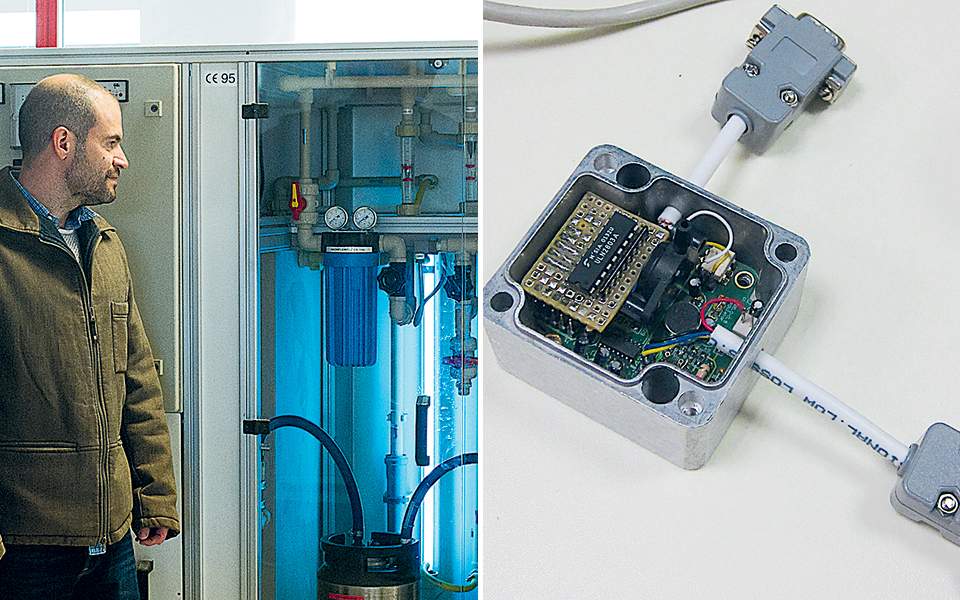Local institute develops smart software for industrial security

Just about every internet user is wary of malicious software, and as scary as the prospect is for individuals, it is thousands of times worse when such attacks hit industrial installations or organizations that control important infrastructure or possess files and data on citizens.
Now, however, the risk has been reduced, thanks to a new platform which can analyze digital applications and programs to ascertain whether they pose a network security risk.
“This platform is unique to Greece and can process suspicious software, identify it and register it as malware,” the head of the Industrial Systems Institute (INBIS), which has developed technologies for protecting infrastructure like electricity grids and management systems for water and traffic, Dimitrios Serpanos, tells Kathimerini.
INBIS is the only institute in Greece that specializes in this kind of technology at the industrial level. It is an independent body that was founded in 1998 in the western port city of Patra and conducts interdisciplinary research into advanced industrial systems.
Today it is one of the three institutes that comprise the Athena Research Center, headquartered in the Patra Science Park, and has implemented more than 100 programs that have been funded via European or national resources, as well as for private companies in Europe and the United States.
One of the programs developed by INBIS for the management of natural disasters and other emergencies makes innovative use of already existing sensor and computer infrastructure. Loccatec, for example, is a system developed for the Greek firm IES Solutions that helps search and rescue efforts in the event of a destructive earthquake. The system collects data from sensors placed in buildings so as to guide rescue teams to areas where there are likely to be survivors.
The ASPIS system uses a similar logic and can be applied to transportation networks like the metro. It collects data from sensors and cameras and stores them so that it can relay information about where people were up to half an hour before a disaster such as an earthquake, accident or explosion.
In cooperation with the University of Patra, INBIS has also developed a low-cost educational seismograph that is being used at elementary schools to acquaint pupils with the measurements of earthquakes, but also a tool of environmental education.
According to Serpanos, though, the future lies in smart cities. “Existing sensor infrastructure and smart systems provide an important basis for the development of new services like smart houses and buildings, smart trash collection, smart parking and traffic management, and so on.
The challenge is to synchronize all these systems, so that activities fit together and we don’t have losses in energy, time and resources. The data being produced by these services are also being analyzed constantly with the aim of improvement,” he says.
“Projects being carried out by the Industrial Systems Institute, such as Esmartcity, focus on smart buildings, energy and street lighting, and are creating pilot installations to this end,” Serpanos adds.
Projects that INBIS is participating in include programs for increasing the energy efficiency of public buildings such as hospitals.
By recording consumption at different parts of the building over the course of the year, the program develops a “profile” and helps set targets for improvement that do not affect the building’s operation.





